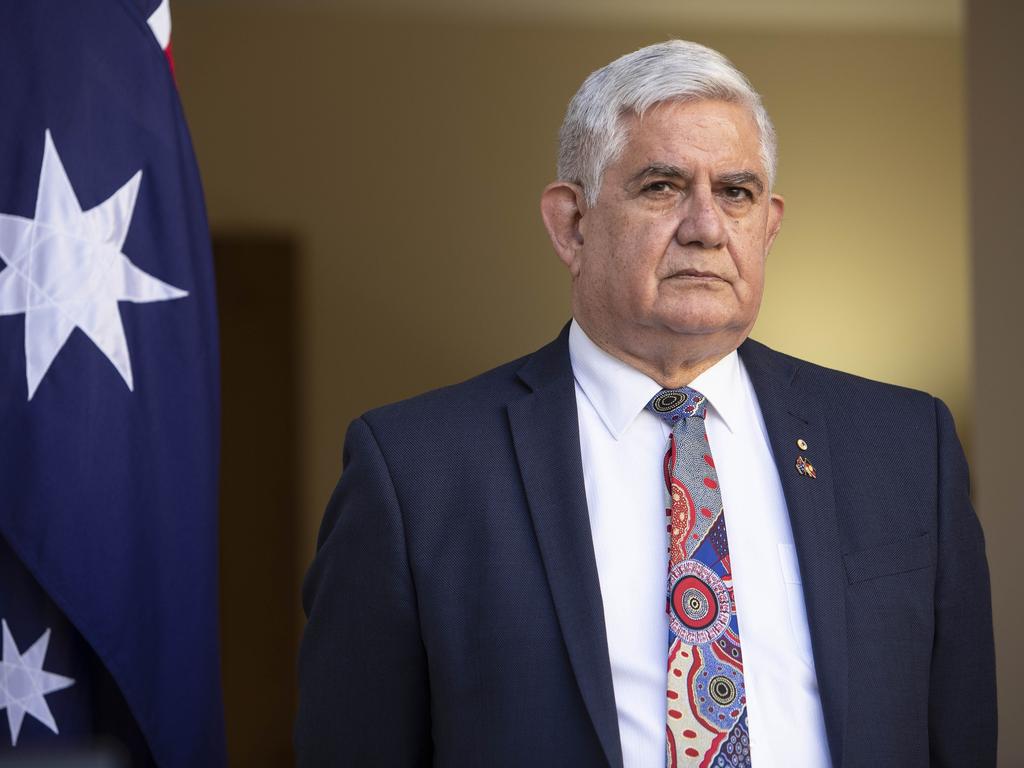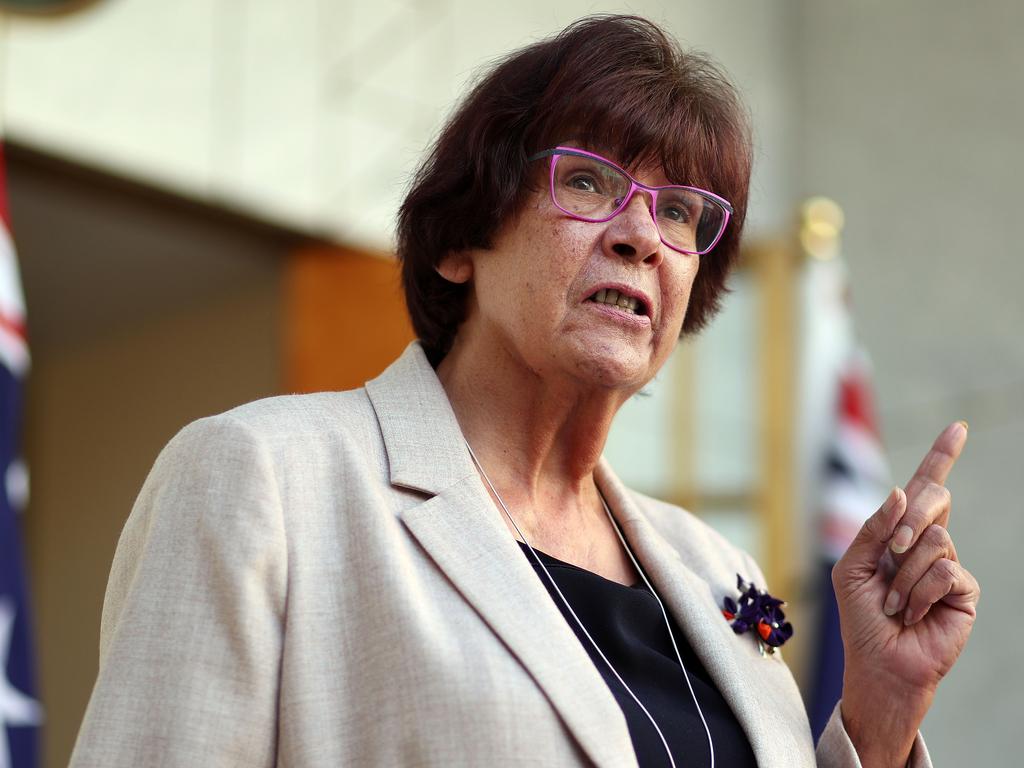Latest version of Closing the Gap is just as flawed as the first

But why is it necessary for Scott Morrison to launch another plan only 12 years after Kevin Rudd introduced the first?
The Rudd reforms were promoted as a new era for partnerships with Indigenous Australians. They built on a spirit of “recognition and healing”, which included the prime minister tendering a national apology to the Stolen Generations.
Rudd worked closely with Aboriginal leaders, scoping the Closing the Gap framework and agreeing measurable targets. Yet, little more than a decade on and, despite goodwill and the expenditure of hundreds of billions of dollars, with possibly two exceptions, the gap has not closed.
So what makes this plan different? Certainly, with 10 additional targets, it is more ambitious. It also gives Aboriginal leaders a permanent seat at the table. The Prime Minister’s lead convener of the Coalition of Peaks, Aboriginal activist Pat Turner, is a former chief executive of the Aboriginal and Torres Strait Islander Commission and will participate equally in the implementation and monitoring of the agreement.
Morrison says this is a vital distinction. “We (previously) told Indigenous Australians what the gap was that we were going to close, and somehow thought they should be thankful for that … that wasn’t the way to do it.”
How easily he forgets ATSIC, established by the Hawke government in 1989. It was an authoritative voice to government on Aboriginal policy and involved the “first peoples” in the processes of government. It was abandoned in 2005 after numerous scandals and corruption allegations. Morrison also ignores Rudd’s extensive consultations with Aboriginal leaders and overlooks the five federal Aboriginal MPs (one a minister), whose numbers are broadly proportional to Aboriginal representation in the population. They have unlimited opportunities to influence policy.
When Morrison tells parliament: “We perpetuated an ingrained way of thinking passed down over two centuries and more, and it was the belief that we knew better than our Indigenous peoples,” he endorses the white supremacist narrative. Well intended no doubt, he misses the inevitable compromises and sacrifices required when a proud ancient culture collides with established institutions of a modern society. Choices have to be made.
The Morrison plan opts for segregation, not compromise and integration. It prioritises cultural inheritance when history demonstrates that discriminating in favour of small minority cultures within large settler populations leads inevitably to disadvantage and stranded communities.
When drafting the latest agreement, the influence of the Uluru Statement from the Heart is unmistakeable. Many of the targets are consistent with the statement’s objective of apartheid through constitutional change and a separate Aboriginal “voice”.
For example, Morrison’s plan seeks to achieve by 2030 a 15 per cent increase in land and sea areas covered by Aboriginal and Torres Strait Islander people’s legal rights or interests. This is in addition to the 20 per cent of Australia’s landmass (equivalent to the 20th largest country) already returned to traditional owners. Proponents claim this will restore “distinctive relationships with lands and waters” and ensure that cultures and languages are strong.
There is also a target to increase the number of Indigenous spoken languages. But with English a second or third language in regional and remote communities it is difficult to see how, when English is a prerequisite for literacy and social mobility, promoting Aboriginal languages reconciles with closing the gap.
According to the latest census, most Indigenous Australians reside in capital cities and regional towns where, with some exceptions, their lifestyle is largely indistinguishable from that of other Australians. Only 20 per cent (130,000) live in rural areas. Those destined to live on Indigenous lands, where inhabitants cannot own their home, are condemned to substandard social housing. Occupying these homes are extended households where 88 per cent of lone parents are female. The policy implications for out-of-wedlock births are huge. Single mothers are likelier than married mothers to be poorer and unemployed, and to instil in their children’s minds a sense of victimhood and helplessness.
Given the regulated nature of their miserable lifestyle, it is unsurprising that Aboriginal people are overrepresented in the criminal justice system. But the notion that most Indigenous people are in jail because they have been unfairly targeted for relatively minor “social nuisance” offences is wrong. They are there because of a poverty cycle, decades in the making and underwritten by welfare, that has institutionalised alcohol and substance addiction with associated family violence and sexual abuse. The most chronic offenders live in traditional communities. Crime bears directly on life expectancy, children in out-of-home care, suicide rates, education outcomes, employment opportunities and social mobility. Yet, in targeting fewer Aborigines in jail, the agreement aims to soften the law, not to lower the level of criminal activity.
Regrettably, the Morrison manifesto appears to be yet another political document aimed at appeasing an authoritarian elite whose ambitions go to a treaty with reparations. Blaming today’s misery on white supremacy and endemic racism has become an effective means of exploiting white guilt. But until Aborigines on Indigenous lands where the greatest misery exists are allowed property rights and can prosper free from the collective’s dead hand, the gap will remain irretrievably wide.
In the meantime, worthy targets will be pursued and in another decade new ways will be found to do the same thing. It is not white supremacists who are holding back Australia’s Aborigines, it’s apologetic whites, black separatists and their green-left sympathisers.







The latest national agreement on Closing the Gap broadly mirrors the first. Its intent is to lift the key metrics of life for Australia’s marginalised Aborigines.